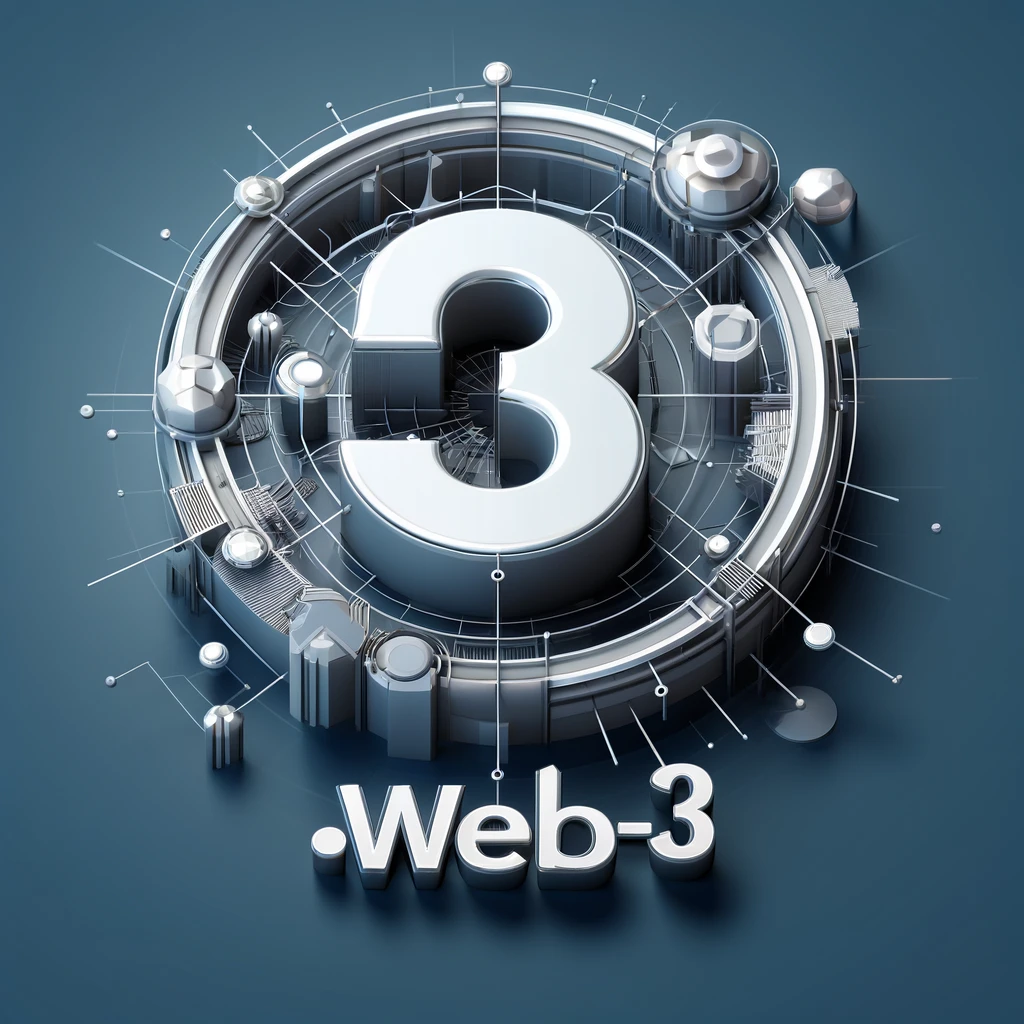What They Are | Why They Matter
In case you haven’t heard;
Savvy investors are making some pretty big bets on the proliferation of web-3 assets as they burgeon with mainstream adoption. As Bitcoin and then Etherium were approved for spot ETFs, blockchain technology once again takes center stage. One particular asset class that we’re especially bullish on- and heavily investing in- one that gets very little attention considering their importance- are web-3 TLDs & domains.
THE FUTURE IS NOW
The digital landscape is evolving rapidly, and with it, the concept of domains is undergoing a significant transformation. Web-3 domains represent the next generation of internet domains, built on decentralized technologies and offering a range of functions that traditional Web-2 domains simply cannot match. In this article, we’ll explore what Web-3 domains are, their functions, how they compare to Web-2 domains, and why they hold the potential for seven-figure value.
Understanding Web3 TLDs and Domains
Web3 TLDs (Top-Level Domains) and domains represent the next evolution in internet addresses, distinct from traditional Web2 domains. While Web2 TLDs like “.com” and “.org” are centralized and managed by organizations like ICANN, Web3 domains operate on blockchain technology, offering decentralization and enhanced security- not to mention zero renewal fees. This shift allows users to own their domains truly, without risk of censorship. The potential for high-value transactions in Web3 domains is immense, as they offer unique functions such as decentralized websites, easier crypto transactions, and integration with smart contracts, paving the way for seven-figure valuations.
Functions of Web-3 Domains
- Decentralized Hosting: Web-3 domains can point to content hosted on decentralized storage networks like IPFS (InterPlanetary File System). This means that websites and applications can be resistant to censorship and downtime.
- Crypto Payments: These domains can integrate directly with cryptocurrency wallets, allowing users to send and receive payments through a simple domain name instead of long, complex wallet addresses.
- Identity Management: Web-3 domains can serve as a user’s digital identity across different platforms. This identity can be used to log in to websites, applications, and services, offering a seamless and secure user experience.
- Smart Contract Integration: Web-3 domains can interact directly with smart contracts, enabling automated, trustless transactions and interactions without the need for intermediaries.
- Enhanced Security: By leveraging blockchain technology, Web-3 domains provide a higher level of security against domain hijacking and unauthorized changes.
Similarities Between Web-2 and Web-3 Domains
- Naming Conventions: Both Web-2 and Web-3 domains use familiar naming conventions, such as .com, .org, and the newer .crypto, .eth, etc. Users can register these domains to represent their digital presence.
- Access via Browsers: Both types of domains can be accessed through web browsers. However, accessing Web-3 domains may require additional browser extensions or settings to connect to the decentralized web.
- Ownership: In both systems, domain names can be owned, bought, sold, and transferred. Ownership records for Web-2 domains are managed by centralized registries, while Web-3 domain ownership is recorded on the blockchain.
Differences Between Web-2 and Web-3 Domains
- Centralization vs. Decentralization: Web-2 domains are controlled by central authorities and are subject to their rules and regulations. In contrast, Web-3 domains are managed on decentralized networks, reducing the risk of censorship and central control.
- Hosting and Storage: Web-2 domains typically rely on traditional hosting services, which can be vulnerable to outages and censorship. Web-3 domains use decentralized storage solutions like IPFS, providing more robust and resilient hosting.
- Integration with Blockchain: Web-3 domains can integrate seamlessly with blockchain applications and smart contracts, enabling advanced functionalities such as automated payments and decentralized applications (dApps). Web-2 domains lack this capability.
- Security and Control: Web-3 domains offer enhanced security features through blockchain technology, making them less susceptible to hacking and unauthorized changes compared to Web-2 domains, which rely on traditional security measures.
The Potential Value of Web-3 Domains
Web-3 domains are not just about having a memorable address on the internet; they represent a significant shift in how digital identities and assets are managed and utilized. This shift comes with substantial potential for value appreciation, driven by several factors:
- Scarcity and Demand: As the adoption of blockchain technology grows, so does the demand for Web-3 domains. With a limited supply of desirable names, these domains can become highly valuable.
- Enhanced Functionality: The ability to integrate with blockchain applications, manage digital identities, and facilitate secure transactions adds intrinsic value to Web-3 domains. Businesses and individuals are willing to pay a premium for these capabilities.
- Investment Potential: Just as early investors in Web-2 domains saw significant returns, early adopters of Web-3 domains stand to benefit from their appreciation in value. High-profile sales of Web-3 domains have already reached six and seven figures, indicating strong market potential.
- Future-Proofing: Investing in Web-3 domains is a strategic move to future-proof digital assets. As the internet continues to evolve, having a foothold in the decentralized web ensures relevance and adaptability.
The Bottom line
Web-3 domains represent a paradigm shift in the digital world, offering functionalities and advantages that traditional Web-2 domains cannot match. With their potential for enhanced security, integration with blockchain, and decentralized hosting, Web-3 domains are poised to become highly valuable assets. As more individuals and businesses recognize the potential of these domains, the market for Web-3 domains is likely to see significant growth, making them a promising investment opportunity for the future.



Leave a Reply